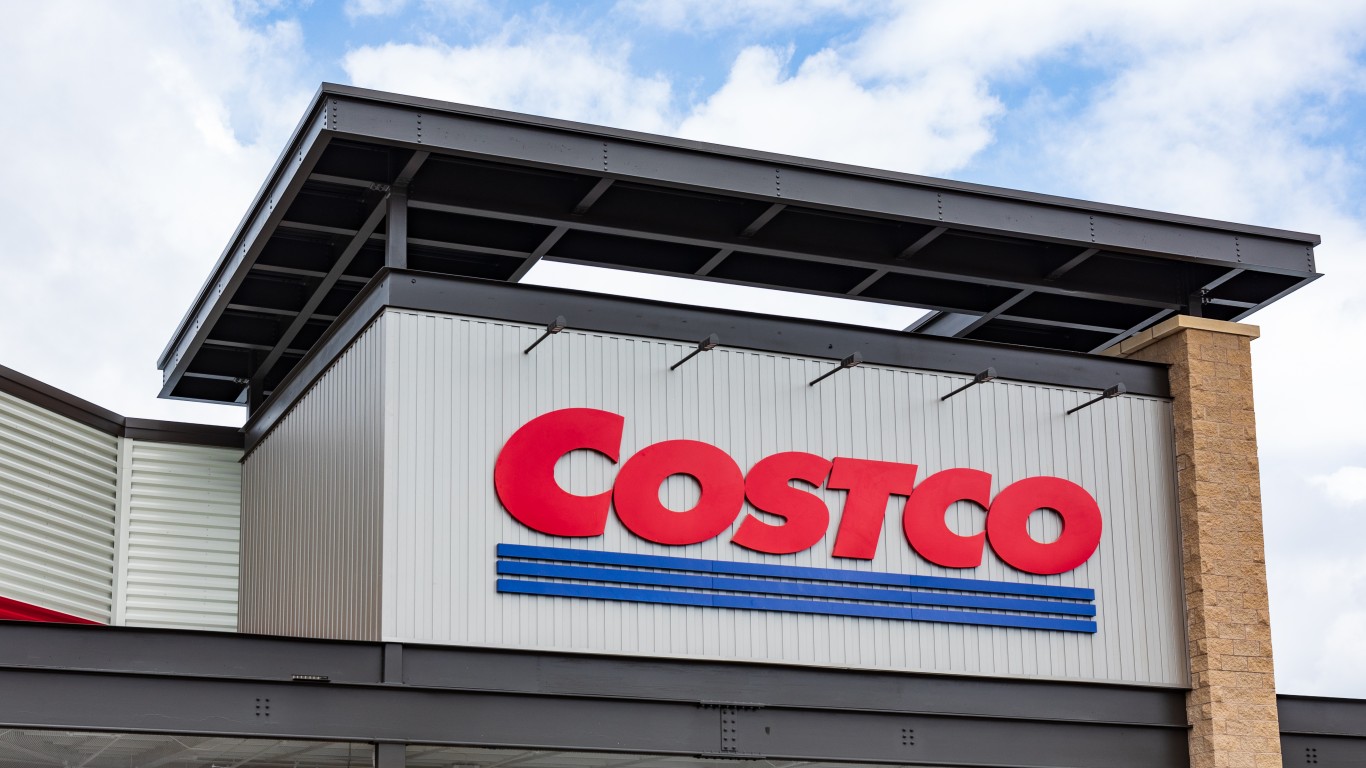
In 2017 more than 8,100 U.S. retail stores closed their doors, breaking an all-time record of 6,163 store closures in 2008 at the beginning of the global financial crisis. In 2018, retail analyst firm Coresight Research tracked 5,524 store closures, down by a third from the prior year’s record.
Don’t get your hopes up. The light at the end of the tunnel may still be an oncoming train and not a way out to daylight and prosperity.
So far in 2019 — not quite six weeks — Coresight reports that store closures are up 23% compared with the same period a year ago and that the potential is strong for even more bankruptcies and store closings. By contrast, store closures in the first six weeks of last year were 30% below the number of closures for the same period in 2017.
Coresight offers three reasons that store closures are likely to continue at a near-record pace:
- The relentless encroachment of e-commerce
- An excess of stores in the United States
- Over-indebtedness of retailers
The researchers explain:
The relentless encroachment of ecommerce and saturation can push stores to be low-margin or even loss making, leading to closures. A single retailer bankruptcy can mean a large number of closures. And, the mechanics of the bankruptcy process has changed so creditors often choose to liquidate completely rather than repair, which results in 100% of a retailer’s stores being closed.
E-commerce captured 14% of total retail sales last year and is forecast to take 22% of all sales by 2023. In the apparel and footwear sector, e-commerce notched 22% of 2018 sales.
The United States had about 23.5 square feet of retail space per person in 2016, significantly more than the totals of 16.4 square feet in Canada or 11.1 square feet in Australia. Since hitting bottom with about 935,000 retail outlets in 2009, the number of stores has risen to about 970,000 and sales per capita have fallen from a recent high of $8,200 in 2015 to around $8,000 last year. At its peak in 2006, retail spending per capita reached about $8,700.
The recent bankruptcy of Sears avoided liquidation only after the court accepted a bid that would close only about half the remaining stores. While that may have saved thousands of jobs, it also likely will result in the loss of thousands of others.
While new store openings continue to offset some of the stings of store closures, Coresight noted that specialty apparel stores accounted for nearly 25% of closures last year, the highest number of any retail sector, while general merchandise and dollar stores led in store openings. The switch has a direct impact on per capita sales totals.
The 2018 bankruptcy of Toys “R” Us resulted in the closing of 735 stores. Not a single brick-and-mortar toy store opened last year. Similarly, 493 drug stores closed last year while just two opened their doors. Even luxury retailers closed more stores (48) than were opened in the sector (35).
Not only is the end of the tunnel not in sight, but the tunnel also appears to be on a downslope.
It’s Your Money, Your Future—Own It (sponsor)
Are you ahead, or behind on retirement? For families with more than $500,000 saved for retirement, finding a financial advisor who puts your interest first can be the difference, and today it’s easier than ever. SmartAsset’s free tool matches you with up to three fiduciary financial advisors who serve your area in minutes. Each advisor has been carefully vetted and must act in your best interests. Start your search now.
If you’ve saved and built a substantial nest egg for you and your family, don’t delay; get started right here and help your retirement dreams become a retirement reality.
Thank you for reading! Have some feedback for us?
Contact the 24/7 Wall St. editorial team.
 24/7 Wall St.
24/7 Wall St.



